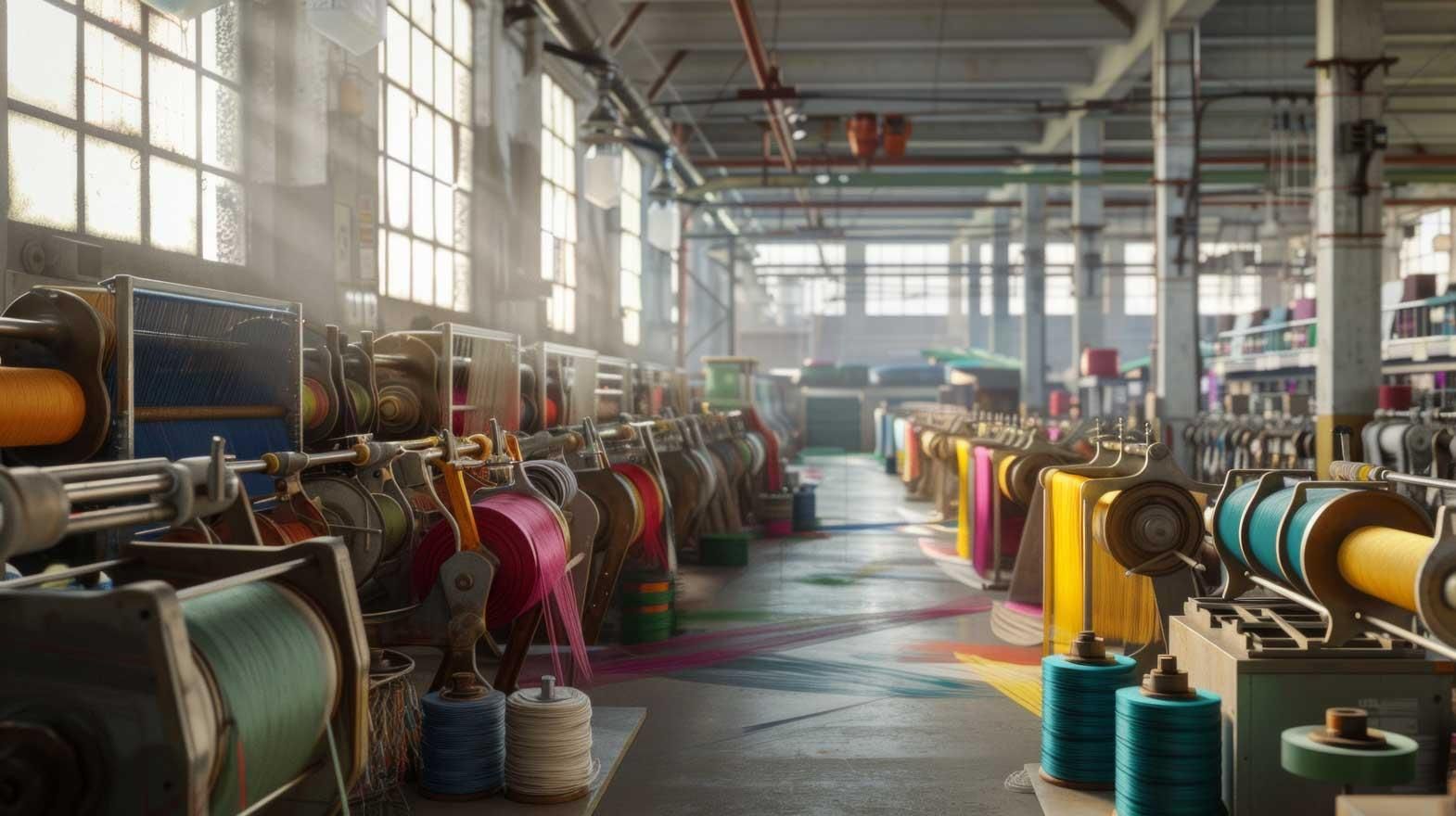There is also an increased use of second hand weavingmachines in the textile sector in developing countries. One of the majorsetbacks with regard to automation is that the machines are costlier than thelabour. The cost of maintenance, import fees and norms, work place structure,often go against the automation. Even though the trend of shifting the base oftextile industries from developed countries to developing countries hasrejuvenated the textile market in countries like India, Pakistan andBangladesh, but the use of textile machinery (old or new) is still limited.
The second-hand weaving machines available in the marketcan be from 15-year old to 5-year old. The prices are affordable, but the maintenanceis difficult. These machines are a mix of old and new automation technology.The initial capital of installing a machine not very high, but as productioncan be lower and authentic spare parts are not easily available. Thus themachinery can become redundant sooner than later. The units in urban sectorfind these weaving machines as a good option for labour, but the rural sectorin developing countries save a lot of capital outlay by employing labour. Inurban sector also, the old machines in operation outnumber the new machines.The labour force is a good alternative with features like easy availability andlow cost.
In countries like Pakistan or Bangladesh, there is serious dearth of skilled labourers. Even if the textile manufacturers set up their industries in these countries it is a herculean task to find skilled labour force that can operate the machines. Thus, this also poses a challenge to automation in weaving. In addition to the highly unskilled labour force, if the developing countries want to compete at international level, the quality of everything from yarn to final product and also the quantity of production should be as per the requirement of developed countries.
There are machines in developing countries that offer weftinsertion rates of more than 2000 to 2500 metres per minute and widths of upto3.8m. But not all the manufacturing firms can afford to buy and even maintainthese high-tech machines. The good quality yarn required to meet thesedemanding conditions is often not available in ample quantity. As a matter offact, the good quality yarn is often exported from the developing countries todeveloped countries. So some manufacturers prefer not to invest in theexpensive machines, as the cost of producing limited yarn often exceeds theprofits earned via exports. Import of weaving machinery in Bangladesh did notregister progress like spinning; rather sales of looms and preparatory weavingmachinery declined.
The auxiliary devices or the devices that support the main machinery or devices are also difficult to find. In order to encourage weaving automation, one of the first steps that the developing nations need to take is to ensure that the supporting devices for weaving machinery are easily available in the country, so that the machinery is not forcibly slowed down due to the limitations of these devices. The developing countries have the realisation that automated weaving will ensure consistent quality and production, following which, there is minor improvement in the weaving sector. Bangladesh has installed precision winding and doubling and high speed warping and sizing facilities in the weaving preparatory section from West Europe. Though the automation development is slow-paced, but the change can be seen.
In view of the considerable benefit that the developing economies have registered, the understanding of improving and upgrading the existing technology and transforming the existing hand weaving technology into automatic weaving, has sunk in. In Pakistan alone the textile exports amount to 60 percent of the total export of the country.
India's textile sector is also major contributor in boosting the internal economy of the country, apart from contributing a major percentage to the export. Textile industry has the largest potential for boosting exports from Pakistan. However, in Pakistan where there is decent number of automated weaving units, the quality of fabric is not high. Lack of conducive manufacturing conditions like no control of humidity, improper yarn sizing, low-grade consistency of yarn etc. is to be blamed for low-grade quality fabric. However, these problems are high in case of manual weaving.
Child labour in carpet weaving is also a problem in countries like Pakistan and Bangladesh. Unfortunately, the automation remains challenge because customers prefer the traditional handloom over the power loom. Entrepreneurs in the decentralized markets must be made aware that dependency on automated weaving will eventually bring down the overall cost and fabric defects.
The story of weaving automation is not similar in all the developing nations, as another developing economy China is not only increasingly using automatic weaving machines, but it is also exporting weaving machines to other countries.
The developing economies cannot do without automation, as the quality and quantity, both considerably improve with automated weaving. The reluctance to adapt to the changing global scenario will have a downbeat impact on the growth of developing economies. The global demand of textile is rising and thus the use of machines will definitely help the developing economies to mark a niche for themselves at global level.
References:
1. Cottonbangladesh.com
2. Indiantextilejournal.com
3. Thefreelibrary.com
4. Electromecengg.com
Image Courtesy:
1. Asia.ru








Comments